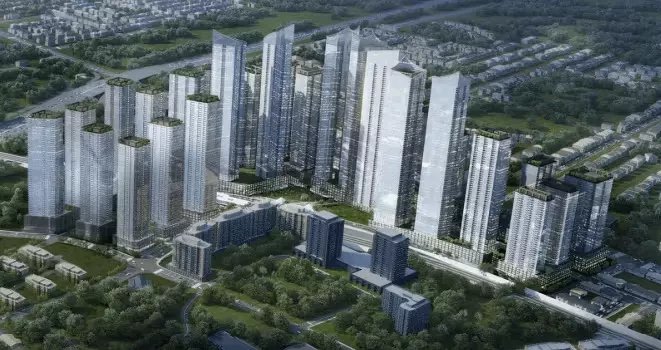Transit-Oriented Development in the GTA

Transit-oriented development (TOD) has become increasingly prominent in the Greater Toronto Area (GTA) as the region seeks to address urbanization, transportation challenges, and sustainability goals. Here's an overview of transit-oriented development in the GTA:
1. Definition of Transit-Oriented Development (TOD):
- TOD is a planning approach that focuses on creating compact, mixed-use, and pedestrian-friendly neighborhoods around transit nodes such as subway stations, GO Transit stations, and bus terminals.
- The goal of TOD is to promote sustainable transportation choices, reduce dependence on cars, enhance access to public transit, and create vibrant, livable communities.
2. Importance of Transit-Oriented Development in the GTA:
- The GTA faces significant transportation challenges, including congestion, commuting times, and urban sprawl. TOD offers a solution by promoting dense, transit-friendly development patterns that support efficient and sustainable transportation systems.
- TOD can help address housing affordability issues by increasing housing supply near transit hubs, providing residents with convenient access to jobs, amenities, and services without the need for long commutes.
3. Examples of Transit-Oriented Development Projects in the GTA:
- Vaughan Metropolitan Centre (VMC): Located in Vaughan, north of Toronto, the VMC is a major transit-oriented development centered around the TTC's Line 1 extension and the Viva Bus Rapid Transit (BRT) system. The VMC includes a mix of residential, commercial, and institutional developments, with a focus on creating a vibrant downtown core.
- SmartTrack: SmartTrack is a proposed transit project that aims to improve transit connectivity across Toronto by leveraging existing GO Transit infrastructure and introducing new stations along key corridors. SmartTrack has the potential to catalyze transit-oriented development and urban regeneration in underserved neighborhoods.
- Crosstown LRT: The Eglinton Crosstown Light Rail Transit (LRT) project is a 19-kilometer light rail line currently under construction in Toronto. The Crosstown LRT will connect neighborhoods along Eglinton Avenue from Mount Dennis to Kennedy Station, with potential for transit-oriented development around its stations.
4. Benefits of Transit-Oriented Development:
- Reduced Car Dependency: TOD encourages walking, cycling, and the use of public transit, reducing reliance on cars and mitigating traffic congestion and air pollution.
- Economic Development: TOD stimulates economic growth by attracting investment, creating jobs, and supporting local businesses and services within walkable, mixed-use neighborhoods.
- Environmental Sustainability: By promoting compact, transit-oriented development patterns, TOD helps reduce greenhouse gas emissions, energy consumption, and urban sprawl, contributing to environmental sustainability.
5. Challenges and Considerations:
- Land Use Planning: Effective TOD requires integrated land use and transportation planning, coordination among multiple stakeholders, and consideration of local context, land availability, and community needs.
- Affordability and Equity: TOD should prioritize affordability, equity, and inclusivity by ensuring that housing options are accessible to a diverse range of residents, including low- and moderate-income households.
Transit-oriented development presents a promising opportunity to address transportation, housing, and sustainability challenges in the GTA, creating more livable, connected, and resilient communities for current and future generations. However, successful implementation requires strategic planning, collaboration, and a long-term commitment to sustainable development principles.
Categories
Recent Posts











"My job is to find and attract mastery-based agents to the office, protect the culture, and make sure everyone is happy! "
